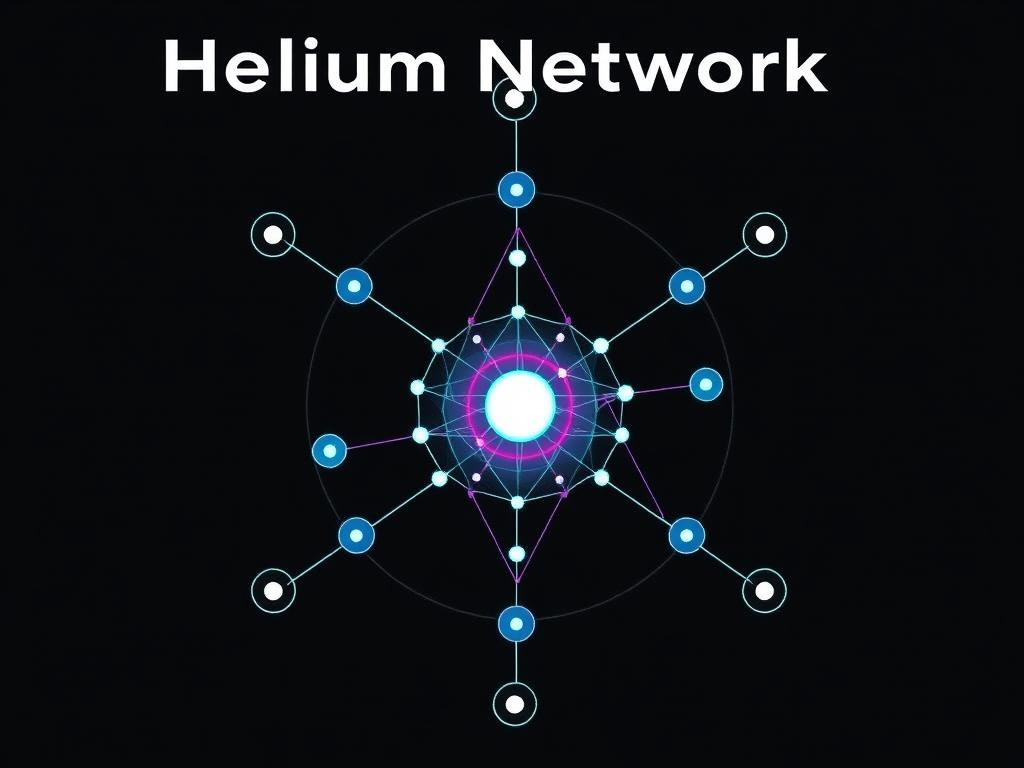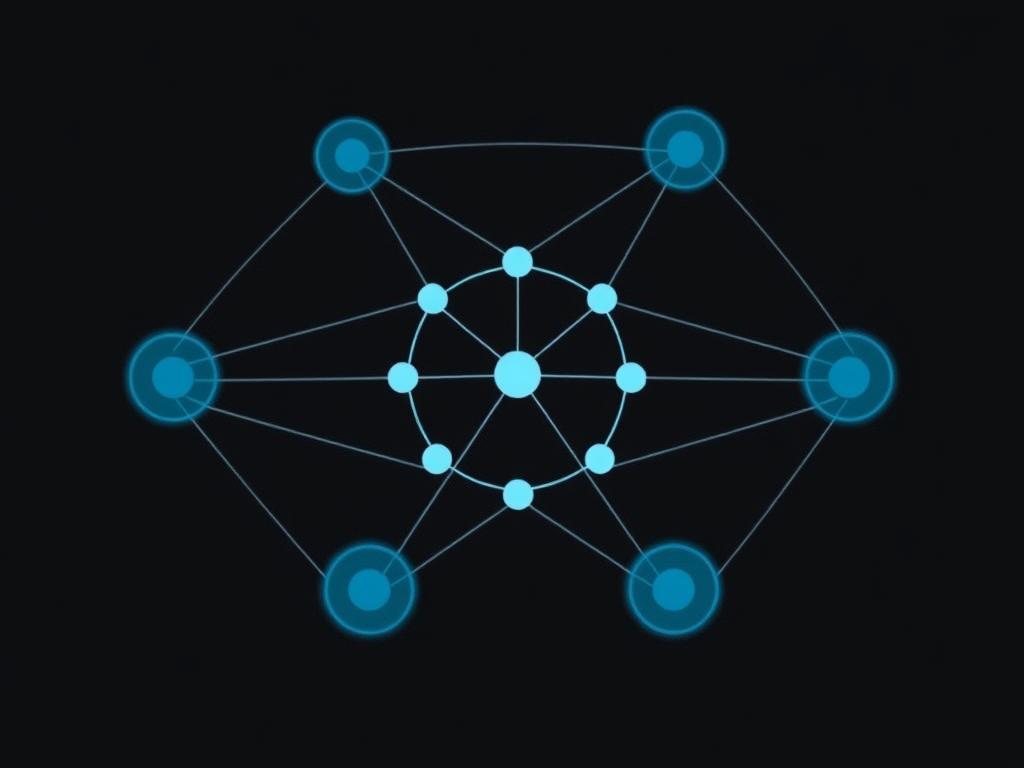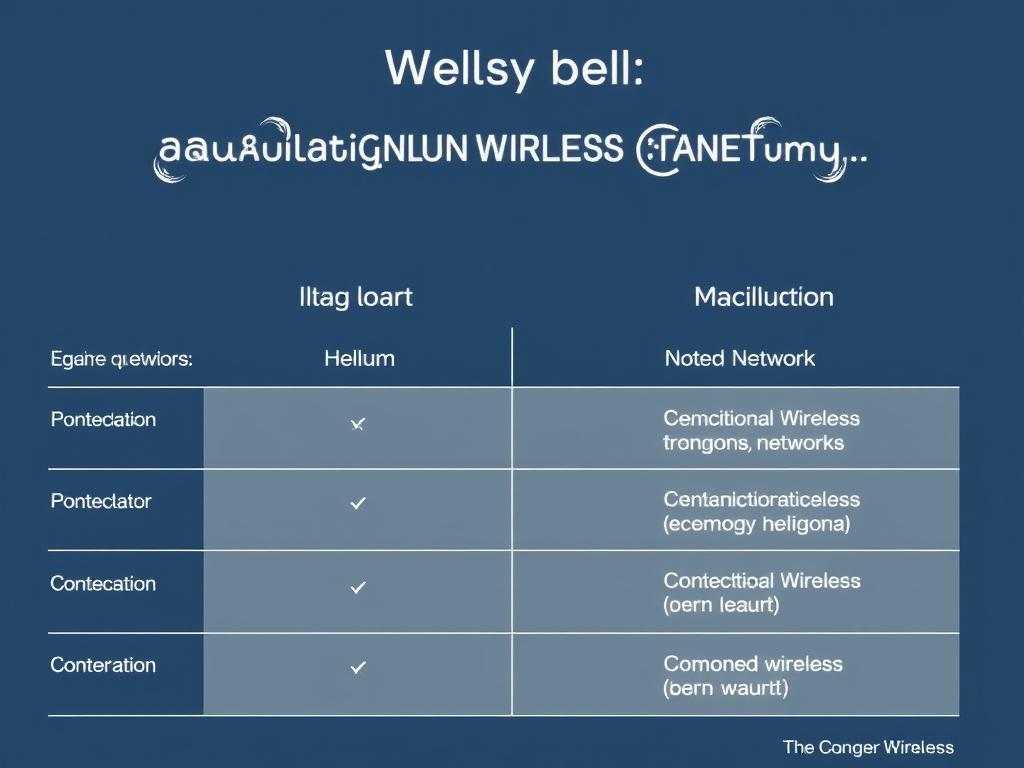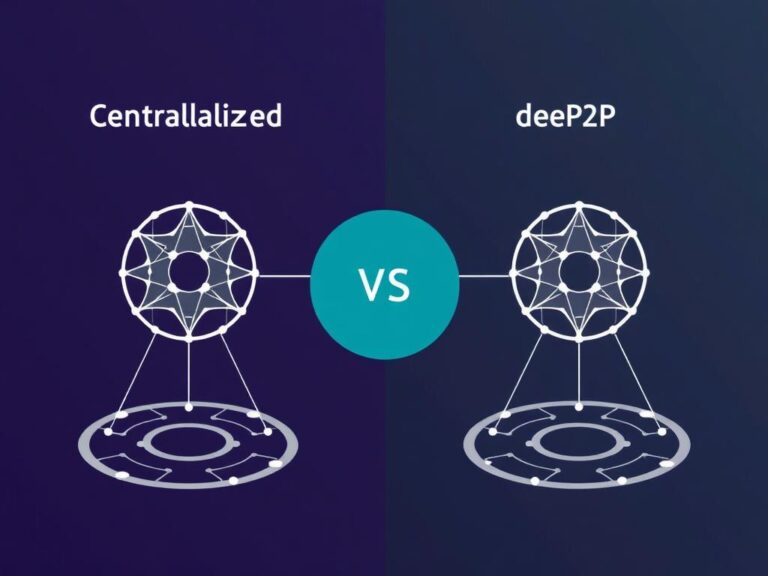Helium Network: A Decentralized Wireless P2P Network Revolutionizing Connectivity
In today’s world, where connectivity is everything, the idea of creating a decentralized wireless network has sparked enormous interest and enthusiasm. Enter the Helium Network, a groundbreaking decentralized wireless P2P network that’s changing the way devices connect to the internet. But what exactly is the Helium Network, and why is it generating so much buzz? If you’re curious about how this network operates, its advantages, and its potential to reshape the Internet of Things (IoT) landscape, then you’re in the right place. Let’s dive into the fascinating world of Helium.
What is the Helium Network?
The Helium Network is a decentralized wireless P2P network designed to provide long-range connectivity for IoT devices. Unlike traditional wireless networks that rely on centralized infrastructure or expensive cellular plans, Helium uses a distributed model. This network is powered by individual users who set up hotspots, which then act as nodes to provide wireless coverage.
At the heart of the Helium Network is its innovative use of blockchain technology combined with physical wireless hardware. Instead of telecom companies owning and operating cell towers, anyone can become part of the network by deploying a Helium hotspot in their area. These hotspots communicate with IoT devices via a proprietary protocol known as LongFi, offering wide-ranging coverage and low power consumption.
How Helium Works: The Peer-to-Peer Approach

Helium’s decentralized wireless P2P network works by incentivizing participants to run hotspots which provide connectivity. These devices not only relay data from IoT devices but also validate network transactions on the Helium blockchain. This dual role keeps the network secure, efficient, and growing organically.
Here’s a basic run-down of the process:
- Users purchase and deploy Helium hotspots in their homes or businesses.
- Hotspots create decentralized wireless coverage by communicating with nearby IoT devices, such as smart sensors, trackers, or environmental monitors.
- When a device sends data, the hotspot forwards this information securely to the internet.
- Hotspot owners earn Helium’s native cryptocurrency, HNT, as a reward for contributing to network coverage and data transfer.
Through this peer-to-peer reward system, the network grows without massive infrastructure costs, making it scalable and community-driven.
The Advantages of a Decentralized Wireless Network
The decentralized nature of Helium brings numerous benefits that traditional wireless networks struggle to offer. First and foremost, because it’s community-owned, the network naturally covers areas that might otherwise be overlooked by telecom companies — think rural locations or urban “dead zones.”
Moreover, the Helium Network provides an affordable way for IoT device owners to stay connected. Without expensive data plans, smaller companies and hobbyists alike can deploy sensors and devices that communicate over vast distances. This shift opens the door for innovation across numerous industries.
Key Benefits at a Glance
| Benefit | Description |
|---|---|
| Cost Efficiency | No need for traditional cellular plans or infrastructure. Users share coverage. |
| Community-Driven Expansion | Network grows organically with participant incentives, leading to broader coverage. |
| Long-Range Connectivity | Helium hotspots use LongFi technology enabling devices to communicate over miles. |
| Security and Transparency | Blockchain technology ensures all transactions and data transfers are secure and verifiable. |
| Low Power Consumption | Devices use minimal energy, ideal for battery-operated sensors and trackers. |
Who Uses the Helium Network?
The Helium Network’s appeal cuts across various sectors. Its unique blend of blockchain and wireless coverage attracts businesses and individual IoT developers who want reliable, cost-effective connectivity.
Some primary use cases include:
- Supply Chain Monitoring: Real-time tracking of goods across logistics networks using Helium-powered sensors.
- Environmental Sensors: Deployment of air quality, temperature, or humidity monitors in cities and rural areas.
- Asset Tracking: Keeping tabs on valuable equipment or livestock with low-power, long-range devices.
- Smart Agriculture: Farmers use Helium-connected sensors to optimize irrigation, soil health, and crop monitoring.
- Personal Projects and Startups: Makers and entrepreneurs can build IoT systems without the heavy financial burden of conventional cellular connectivity.
The Role of Helium Hotspots
Hotspots are the backbone of the Helium Network. These physical devices serve as nodes, providing coverage, relaying IoT data, and securing the blockchain through Proof-of-Coverage—Helium’s innovative consensus mechanism.
Hotspot owners benefit directly by earning HNT tokens. This cryptocurrency incentives users not just to maintain hotspots but to optimize network health by ensuring devices are distributed across a wide geographic area.
Challenges and Criticisms

However, like any emerging technology, the Helium Network faces challenges. One concern is the actual geographic coverage in some regions — hotspots tend to cluster in urban areas, which can limit usefulness in less populated environments. Additionally, the startup costs for hotspots and the technical know-how required can be barriers for some potential users.
Privacy is another topic of discussion. While Helium’s blockchain offers transparency, users must remain aware of what data is being collected and how it’s handled. Another challenge involves regulatory uncertainties around cryptocurrency and decentralized networks that could shape Helium’s future landscape.
The Future of Helium and Decentralized Wireless Networks
The Helium Network exemplifies the power of decentralized P2P technology applied to wireless connectivity. Its continued growth depends on expanding participation and technology improvements that will increase coverage and further reduce costs. As IoT applications multiply across industries, the demand for reliable, affordable, and scalable connectivity solutions like Helium will only rise.
Innovations in blockchain and wireless technology might soon enable even broader applications beyond IoT, connecting more devices and providing smarter cities and rural connectivity solutions. The combination of community-driven infrastructure and rewarding participation creates a new paradigm where consumers can also be providers, changing how we think about internet access altogether.
Summary Table: Helium Network vs Traditional Wireless Networks

| Feature | Helium Network | Traditional Wireless Networks |
|---|---|---|
| Ownership | Decentralized, community-owned | Centralized, telecom providers |
| Cost | Lower, based on hotspots and blockchain rewards | High infrastructure and subscription fees |
| Coverage | Depends on hotspot density, growing organically | Planned, but often with gaps |
| Scalability | Potentially limitless as more users join | Constrained by infrastructure investment |
| Use Cases | Primarily IoT but expanding | Wide variety including IoT, voice, data |
Conclusion
The Helium Network embodies a pioneering spirit in wireless connectivity, blending decentralized blockchain technology with practical, real-world applications. By creating a decentralized wireless P2P network, Helium redefines the accessibility, affordability, and reach of IoT connectivity. While challenges remain, the community-driven model promises a future where connectivity is more democratic, expansive, and innovative. Whether you’re an IoT enthusiast, a business looking to optimize operations, or simply curious about the future of networks, Helium’s concept is a fascinating glimpse into how technology continues to evolve — connecting devices and people in ways we once only imagined.






